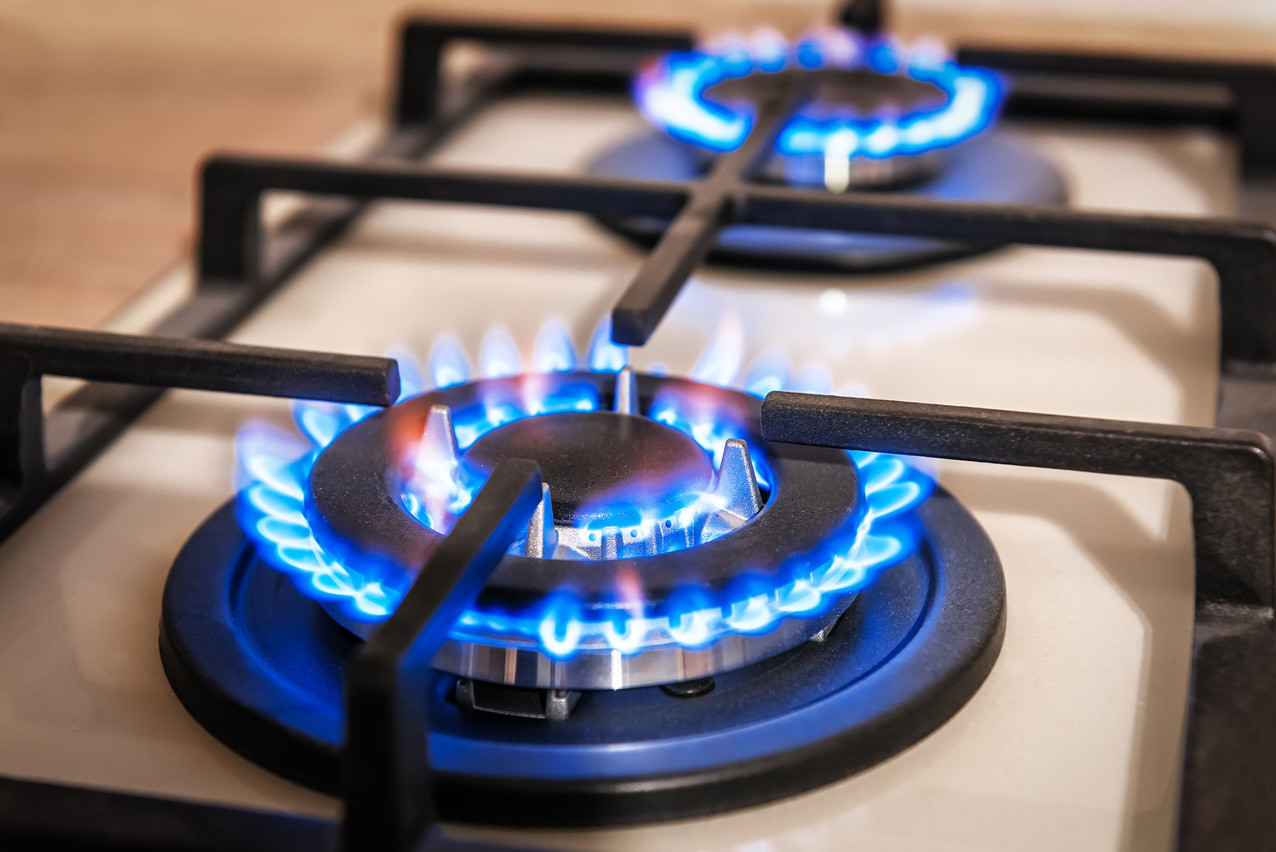Prices on the European benchmark TTF front-month contract climbed to over €280/MWh on 22 August, their highest yet, but according to analysts, the worst could still come.
“European gas prices are unlikely to see much downside from record highs reached on 22 August, with a barrage of bullish fundamental drivers continuing to impact markets into the first half of September,” ICIS said in a report, published 23 August.
The paper cited Russian producer Gazprom’s announcement on 19 August that it would cease flows on the Russia-Germany Nord Stream 1 pipeline for three days of maintenance starting on 31 August, plus existing upstream maintenance in Norway by operator Gassco. Sustained high temperatures have boosted cooling demand and lack of wind has driven power prices up, forcing power producers to hedge gas in an already tight market.
“The market is incredibly concerned that Nord Stream 1 will not return to service after the stated three days,” said Tom Marzec-Manser, head of global gas analytics at ICIS.
Impact on Luxembourg
Luxembourg’s gas supply depends on the gas storage levels of its neighbours--Belgium, Germany and France--who in turn are supplied via the UK, Netherlands, Spain, Italy, as well as via pipeline from Russia, Norway, Algeria and Libya, and through various liquefied natural gas terminals.
The EU has imposed a significant 80% gas storage fullness requirement on European gas storage sites before 1 November.
As of two weeks ago, total commercial gas storage stocks in Europe stood at 68.5 billion cubic metres, according to ICIS European gas analyst Thomas Rodgers. However, this figure is only 0.7 billion cubic metres above the average storage one year ago.
Spain, which supplies the rest of Europe via France, is on track to hit the EU’s 80% gas storage fullness target well before 1 November, ICIS said in its report, with potential to remain a net gas exporter to France for the rest of 2022.
On 26 July 2022, EU member states reached a political agreement on a voluntary (in a first phase) reduction of natural gas demand by 15% between 1 August 2022 and 31 March 2023. The Luxembourg government has joined these reduction efforts.
